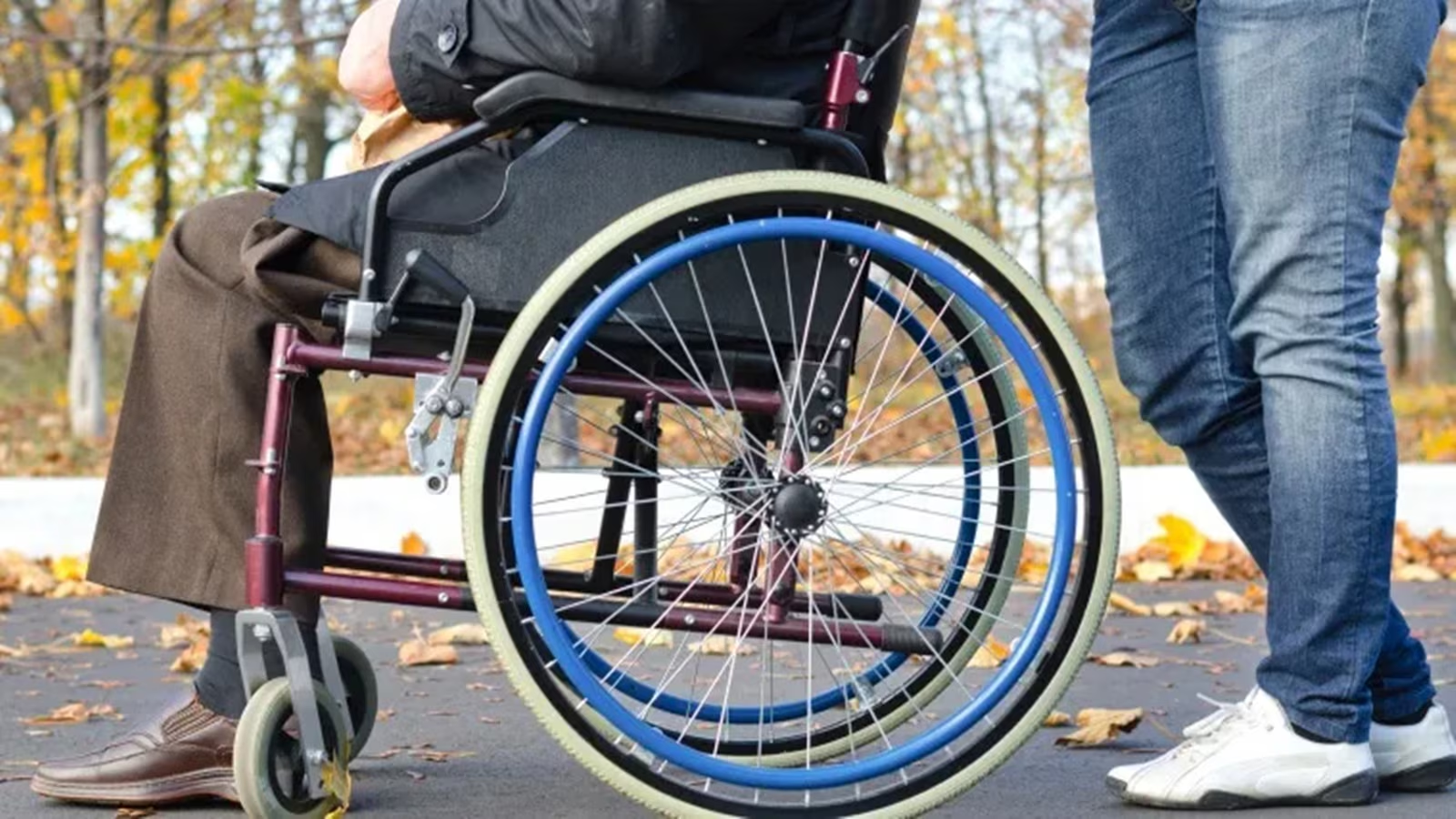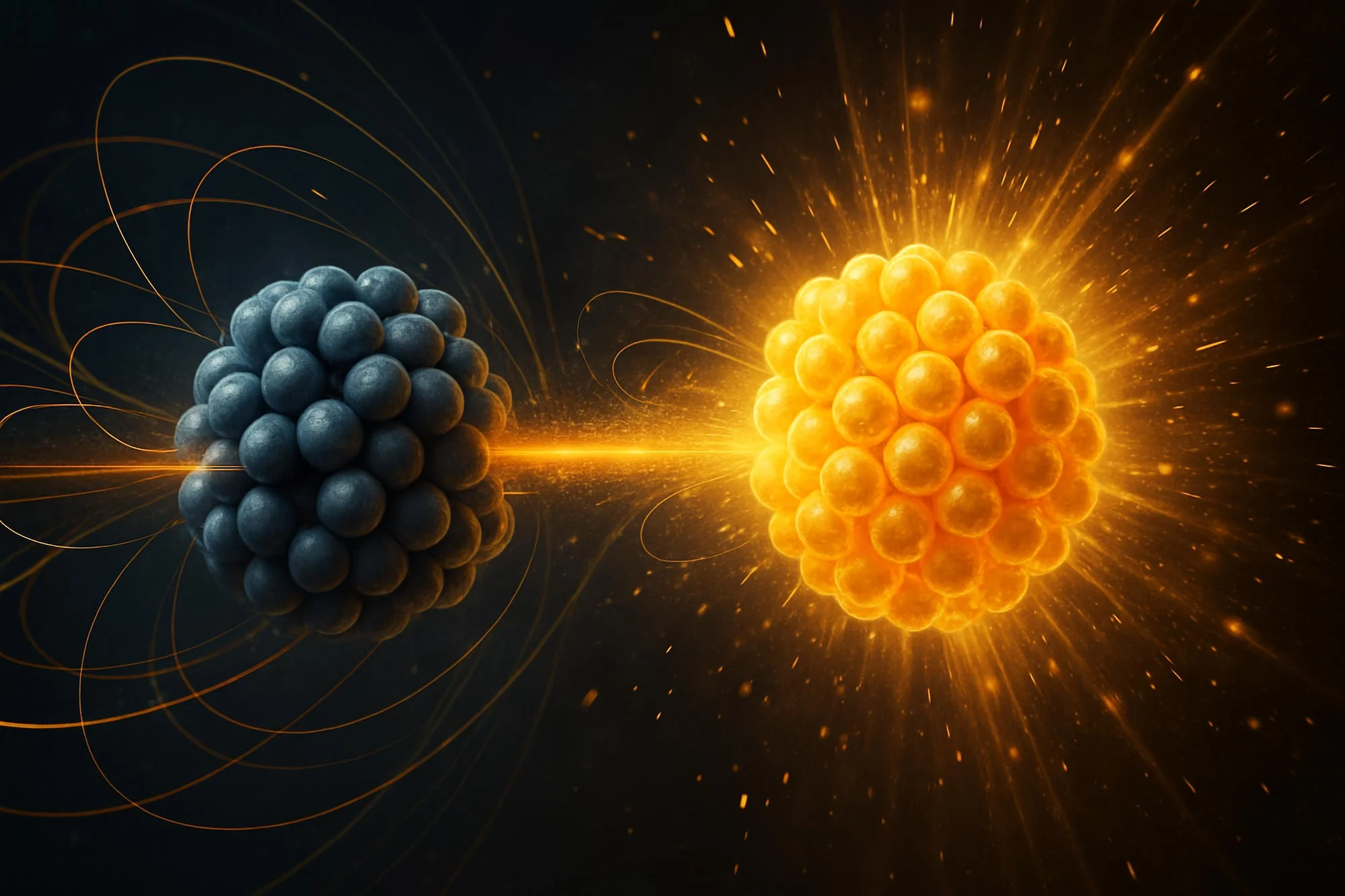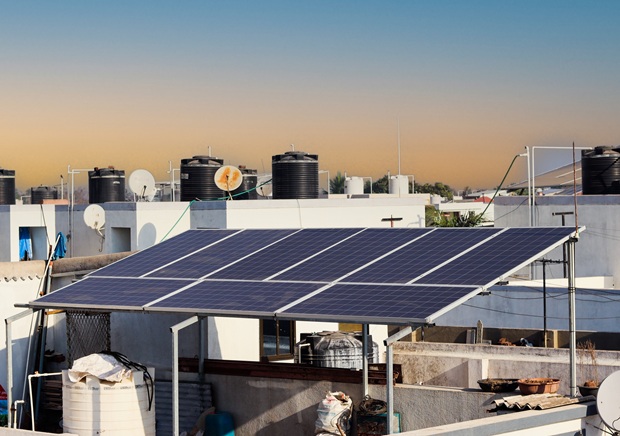- Courses
- GS Full Course 1 Year
- GS Full Course 2 Year
- GS Full Course 3 Year
- GS Full Course Till Selection
- Online Program
- GS Recorded Course
- NCERT (Recorded 500+ Hours)
- Polity Recorded Course
- Geography Recorded Course
- Economy Recorded Course
- AMAC Recorded Course
- Modern India, Post Independence & World History
- Environment Recoded Course
- Governance Recoded Course
- Science & Tech. Recoded Course
- International Relations and Internal Security Recorded Course
- Disaster Management Module Course
- Ethics Recoded Course
- Essay Recoded Course
- Current Affairs Recoded Course
- CSAT
- 5 LAYERED ARJUNA Mentorship
- Public Administration Optional
- ABOUT US
- OUR TOPPERS
- TEST SERIES
- FREE STUDY MATERIAL
- VIDEOS
- CONTACT US
Tracking SDG7: The Energy Progress Report 2023
Tracking SDG7: The Energy Progress Report 2023

Latest Context:
Recently, a report titled "Tracking SDG7: The Energy Progress Report 2023," was released.
More about the news:
- This report was prepared in collaboration by the International Energy Agency (IEA), International Renewable Energy Agency, United Nations Statistics Division, World Bank, and the WHO.
- This report highlighted various challenges that are acting as a barrier in achieving United Nations' Sustainable Development Goal 7 (SDG 7).
So, What is Sustainable Development?
It’s the development that is being done in the present without compromising the needs of the future generations.
What are Sustainable Development Goals (SDGs)?
- SDG’s are also known as the ‘Global Goal’s’.
- SDG’s were adopted by the UN in 2015 to make an appeal to the world to work sincerely towards the major issues the world is facing today like Poverty, Climate Change, Health to all etc. and to ensure that by 2030 all the people in the world enjoy Peace and Prosperity.
- SGDs are divided between 17 Goals which are further divided into 169 Targets.
- SDGs are interlinked with each other and betterment in any one area will affect the outcomes in others too.
17 SDGs are as follows:
About the Sustainable Development Goal (SDG) 7
- SDG7 focuses on “affordable, reliable, sustainable and modern energy for all” by 2030.
- 3 core targets of SDG 7 are:
Target 7.1: To ensure universal access to affordable, reliable and modern energy services.
Target 7.2: To increase the share of renewable energy in the global energy mix.
Target 7.3: To double the global rate of improvement in energy efficiency.
Target 7.a: Enhance international cooperation to facilitate access to clean energy research and technology, including renewable energy, energy efficiency and advanced and cleaner fossil-fuel technology, and promote investment in energy infrastructure and clean energy technology
Target 7.b: To expand infrastructure and upgrade technology for supplying modern and sustainable energy services for all in developing countries, particularly in least developed countries, small island developing states, and land-locked developing countries.
Major Highlights of the Report are:
- Factors restricting the achievement of SDG-7 are: High inflation, uncertain macroeconomic outlook, debt distress, and limited financial flows have contributed to the world falling off-track in achieving SDG 7.
- Progress made towards specific targets are:
a) Increased access to Electricity and Clean Cooking: Global access to electricity increased from 84% to 91% between 2010 and 2021, but annual growth has slowed. The number of people without electricity decreased from 1.1 billion in 2010 to 675 million in 2021. The goal of universal access to electricity by 2030 still remains doubtful.
b) Increased access to Clean Cooking: It improved from 2.9 billion people in 2010 to 4.2 billion in 2021. The report also mentioned that approximately 100 million people who recently transitioned to clean cooking may revert to traditional biomass usage. Sub-Saharan Africa is expected to have the highest number of people without access to clean cooking in 2030 (6 out of 10 people).
c) Increase in Renewable Energy (Target 7.2): Renewable energy uptake has grown since 2010 but still needs substantial scaling up. The share of renewable energy in total final energy consumption remains low at 19%. Meeting international climate and energy goals requires substantial investments of USD 1.4-1.7 trillion annually in renewable electricity generation and related infrastructure through 2030.
d) Improved Energy Efficiency (Target 7.3): The current rate of improvement in energy efficiency is not on track to double by 2030. The average annual growth of 2% falls short of the targeted increase of 2.6% per year between 2010 and 2030.
e) Decline in International Public Financial Flows (Target 7.a): Financial flows supporting clean energy in developing countries have declined since 2020. Financial resources are more than a third lower than the average of the previous decade (2010-2019).

Prelims
Q. Consider the following statements: (2016)
- The Sustainable Development Goals were first proposed in 1972 by a global think tank called the ‘Club of Rome’.
- The Sustainable Development Goals have to be achieved by 2030.
Which of the statements given above is/are correct?
(a) 1 only
(b) 2 only
(c) Both 1 and 2
(d) Neither 1 nor 2
Ans: (b)
Mains
Q. Access to affordable, reliable, sustainable and modern energy is the sine qua non to achieve Sustainable Development Goals (SDGs).” Comment on the progress made in India in this regard. (2018)
Q. National Education Policy 2020 isin conformity with the Sustainable Development Goal-4 (2030). It intends to restructure and reorient education system in India. Critically examine the statement. (2020)



